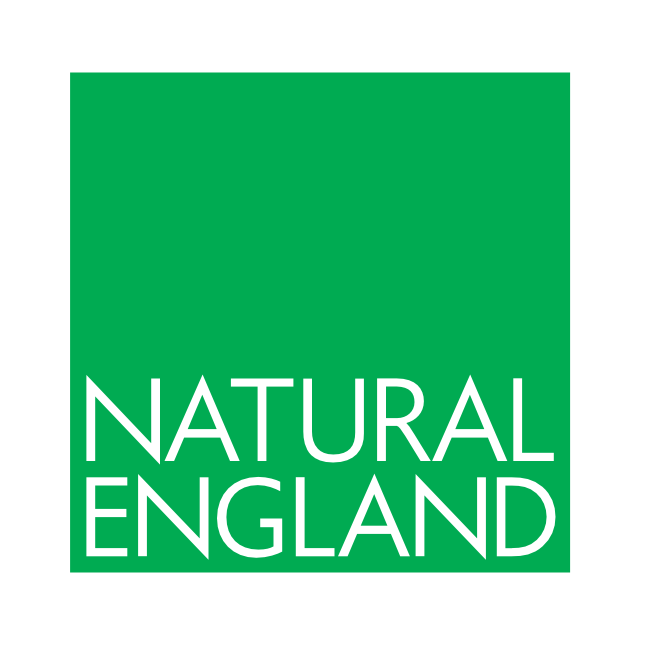How many mink can we expect to catch per year?
Stephen Mace2023-08-22T11:11:50+00:00A trap placed at a good site in an area with little or no mink trapping history may catch ten mink in its first year of operation, five mink in year two and thereafter 0-2 mink annually. Mink are territorial, so they never occur in the densities of rats, and their numbers will be [...]



